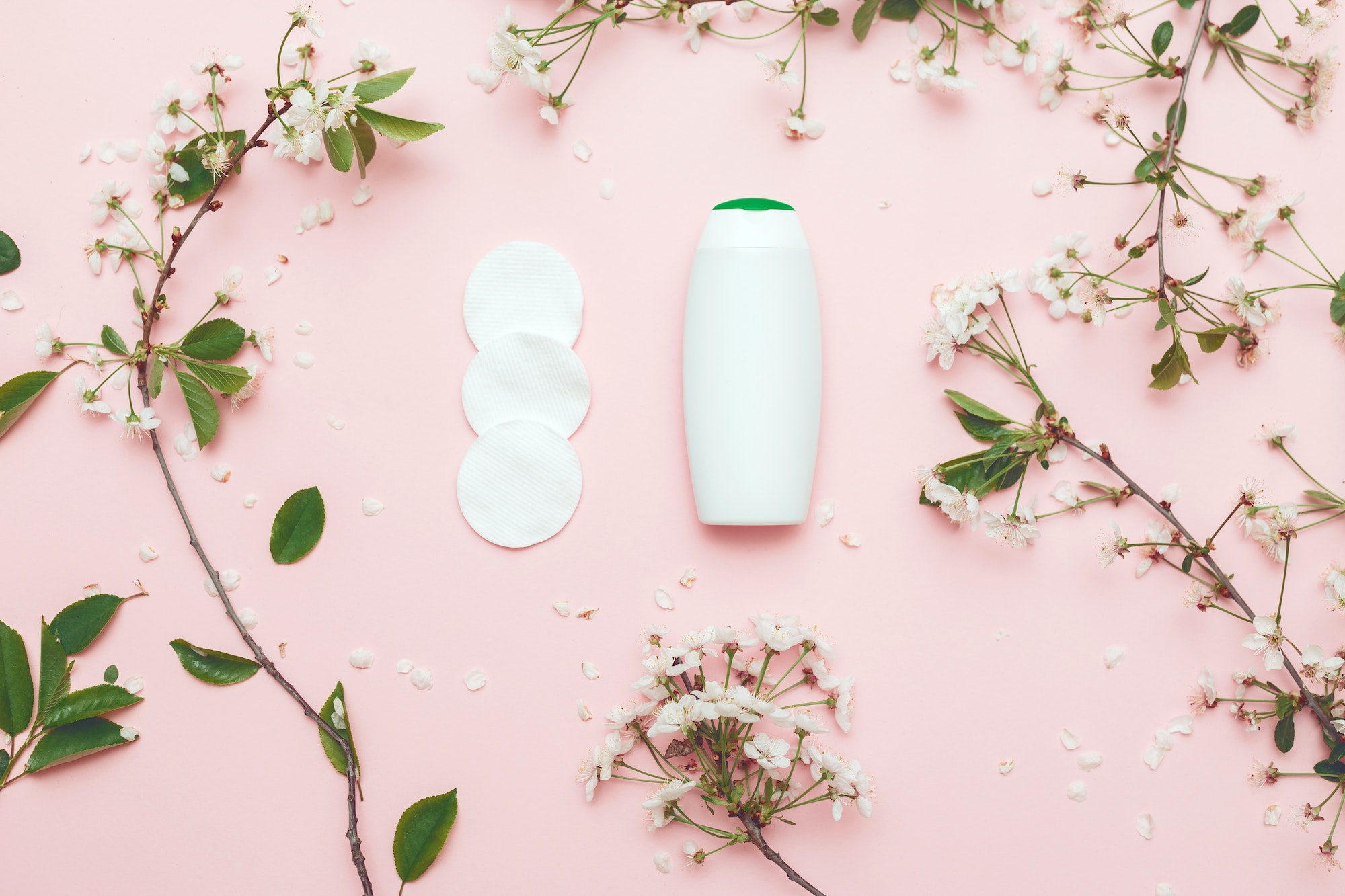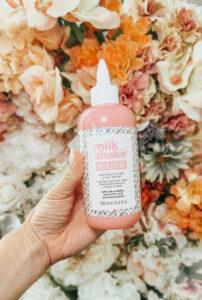As the seasons change, so does our skin. The transition from warm to cold weather, and vice versa, can have a significant impact on the health and appearance of our skin. Understanding how these seasonal changes affect our skin is crucial in order to effectively care for it throughout the year. In this comprehensive guide, we will explore the reasons behind these changes and provide practical tips on how to maintain healthy skin in every season.
Why Does Your Skin Change from Season to Season?
Our skin is highly responsive to environmental factors, including temperature, humidity, and weather conditions. As we transition from one season to another, our skin has to adapt to these changes. For example, when the weather shifts from summer to fall, the temperature and humidity drop rapidly. This sudden change can cause our skin to lose moisture and become dry and cracked. Additionally, lifestyle factors such as taking hot showers and using central heating in colder weather can further contribute to dryness and inflammation.
During the warmer months, increased sun exposure, high temperatures, and humidity can lead to excess sebum production and clogged pores. On the other hand, colder weather, low humidity, and harsh winds in winter can strip the skin of its natural moisture, resulting in dryness and sensitivity. These fluctuations in weather and environmental conditions can disrupt the skin barrier, making it more susceptible to inflammation and irritation.
How to Care for Your Skin in Each Season
Spring: Adapting to New Conditions
Spring is a transitional season characterized by unpredictable weather and increasing sun exposure. As the temperature and humidity fluctuate, our skin needs to adapt to these new conditions. During this time, it is important to exfoliate and cleanse the skin to remove dull winter skin cells and stimulate cell renewal. Additionally, protecting the skin from increased UV exposure is crucial, as the sun’s rays can still be potent even in cooler temperatures. Balancing the skin’s hydration is also essential, as sebum levels may increase during this transitional period. Look for ingredients and routines that help keep your complexion clear and moisturized.
Summer: Protection and Hydration
Summer brings longer days, higher temperatures, and increased sun exposure. Protecting your skin from harmful UV rays is paramount during this season. Use sunscreen with a high SPF and reapply it regularly, especially if you spend extended periods outdoors. High sebum production combined with sweat can lead to oily skin and clogged pores. Opt for lightweight products that help manage excess sebum production and keep your skin hydrated. Drinking plenty of water is also important to maintain internal hydration and support overall skin health. Additionally, soothing irritated skin and aiding in cell repair should be a focus, as sun damage can occur even with sun protection.
Autumn: Balancing Hydration and Protection
Autumn is another transitional season, characterized by changing humidity and temperature levels. As the humidity decreases, our skin may experience dryness, breakouts, and redness. Balancing the skin’s hydration is crucial during this time. Exfoliating regularly can help remove dead, dry skin cells and stimulate cell growth. Protecting the skin from the incoming cold and the remaining high UV rays of summer is also essential. Look for moisturizing products that provide hydration and protect the skin’s barrier. Additionally, maintaining a vitamin-rich diet can support overall skin health and alleviate skin problems.
Winter: Combatting Dryness and Sensitivity
Winter is the harshest season for our skin. Low humidity, icy temperatures, cold winds, and extreme temperature changes from outdoors to indoors can strip our skin of its natural moisture, leaving it dry and sensitive. Hydration is key during this time. Use moisturizers that provide intense hydration and help repair the skin’s barrier. Be gentle with your skin, especially when facing extreme temperature changes. Avoid hot showers and opt for lukewarm water instead to prevent further drying out of the skin. Protect damaged skin and problem areas with soothing and nourishing products. Additionally, maintaining a well-balanced diet rich in vitamins can support skin health and combat the dull and dry appearance often associated with winter.
Lifestyle Factors and Environmental Considerations
In addition to seasonal changes, several lifestyle factors and environmental considerations can affect the health of your skin. These factors include the products you use on your skin, any medications you may be taking, your diet and hydration, smoking habits, exercise levels, stress levels, and sleep patterns. These external factors play a crucial role in the overall health and appearance of your skin. Even the most dedicated skincare routine may fall short if these lifestyle factors are imbalanced. It is important to consider these factors and make adjustments to your skincare routine accordingly.
Environmental factors such as air quality, sun exposure, temperature, humidity, wind, and precipitation also impact your skin. Protecting your skin from these elements is essential. Use appropriate skincare products that provide the necessary protection for the specific environmental conditions you are exposed to. For example, in summer, sunscreen and lightweight moisturizers are crucial for sun protection and managing sebum production. In winter, focus on moisturizers that provide intense hydration and protect against the harsh cold and wind. By understanding and addressing these environmental considerations, you can better care for your skin throughout the year.
Conclusion
Seasonal changes have a significant impact on our skin health. Understanding how these changes affect our skin and implementing appropriate skincare routines and adjustments can help maintain healthy and radiant skin throughout the year. From adapting to new conditions in spring to protecting and hydrating the skin in summer, balancing hydration and protection in autumn, and combating dryness and sensitivity in winter, each season requires specific care and attention. By considering lifestyle factors and environmental considerations, we can further optimize our skincare routines and promote overall skin health. Embrace the beauty of each season while taking care of your skin, and you’ll enjoy a healthy and glowing complexion year-round.









2 Responses